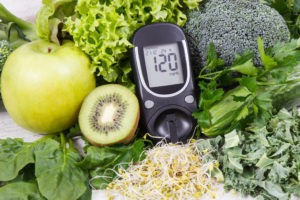 You might think you know the rules of managing blood sugar: stay away from added sugars, get exercise, and stick to your treatment plan. But when you have diabetes, things aren’t always that simple.
You might think you know the rules of managing blood sugar: stay away from added sugars, get exercise, and stick to your treatment plan. But when you have diabetes, things aren’t always that simple.
Sugar lurks everywhere. Sometimes you don’t even need sugar to cause potentially dangerous fluctuations. When you’re already walking a tightrope, the slightest breeze can have a significant consequence.
Advertisement
You might be unaware of just how many foods, drinks, and lifestyle factors can play a role in blood sugar levels. Here are some surprising places a blood sugar spike can be hiding.
Coffee: You might think you’re made in the shade if you’re not adding syrups and sugar to your coffee. But even black coffee can shift blood sugar levels in people with diabetes. Caffeine, which is also in tea, can lead to a blood sugar upswing.
Fortunately, there are other compounds in black coffee that may help prevent type-2 diabetes in healthy people.
Bad Colds/Flu: A severe cold or flu can also lead to blood sugar fluctuation. Blood sugar levels go up when your body is revved up to fight off an illness. Remember to drink plenty of fluids to stay hydrated and contact a doctor if you’ve been sick for more than two days.
Stress: Your body releases hormones that boost blood sugar when you’re stressed, which can lead to problems for people with type-2 diabetes. Mindfulness meditation, exercise, and identifying stressors can all help with stress management.
Advertisement
Dried Fruits: Fruits are a healthy snack, but dried options can send blood sugar skyrocketing. The dehydrating process intensifies the sugar serving size, making small servings a high-sugar snack.
Household Chores: One way to keep blood sugar in check is by performing household chores. The movement required to sweep, vacuum, garden, etc. can all help manage blood sugar. Schedule some time every day to get things done.
Managing blood sugar is a challenge with type-2 diabetes. There are so many hidden factors that influence blood sugar levels that could put you at risk.
